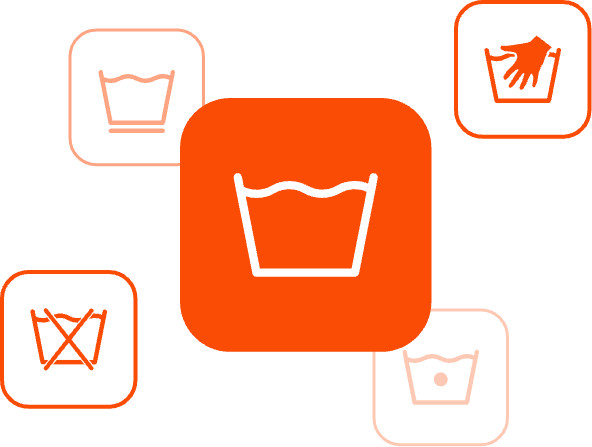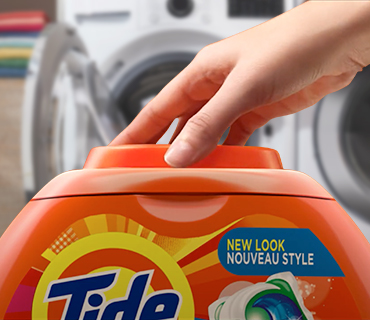Tumble Drying Allowed: Any garment with the Tumble Drying Allowed symbol can go into your dryer, but pay special attention to any additional symbols that indicate appropriate heat settings or risk damage to your clothing.
Do Not Tumble Dry: This symbol, a standard Tumble Dryer symbol with an “X” through it, means the garment should not be put into your dryer at all. Instead, opt to hang these on a clothesline or drying rack to dry. You could also put these garments through an extra spin cycle to remove as much excess water as possible before hanging to dry.
Hang to Dry: Items with the Hang to Dry symbol should be put on a line to allow them to air dry. Be sure to hang in a shady area out of direct sunlight as the sunlight can introduce heat that could shrink or damage the garment while drying.
Dry Flat: Clothing with the Dry Flat symbol shouldn’t be put into a tumble dryer or hung, but rather you should lay them flat on a drying rack or soft towel. Clothing made from natural fibers such as cotton, wool, silk, hemp, or linen usually need to be air dried while laying flat to avoid stretching the fibers.
Do Not Wring: Represented by a twisted symbol with an “X” through it, garments with this symbol should not be wrung to remove excess water as this could damage or stretch the fabric.









































